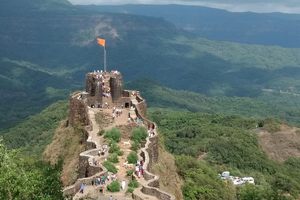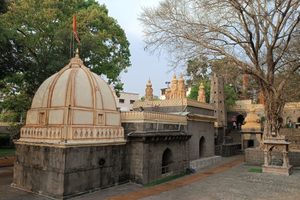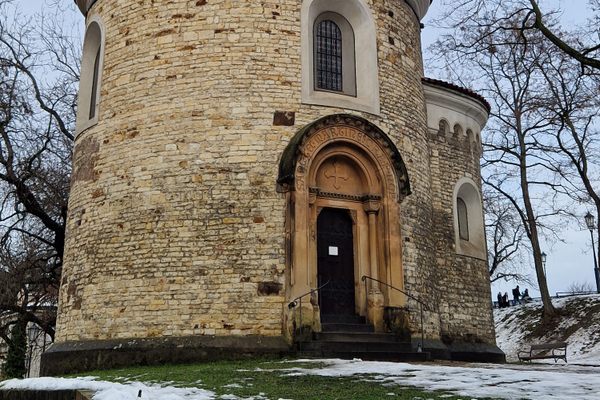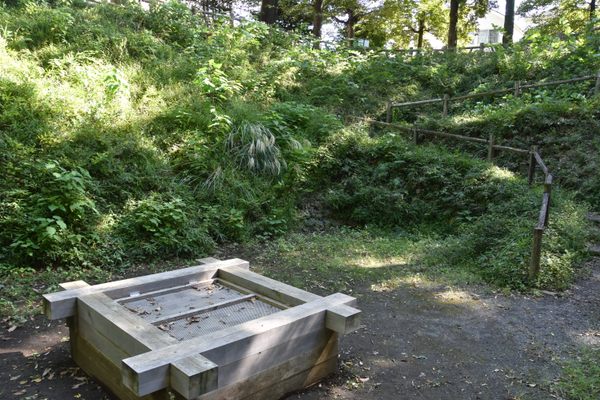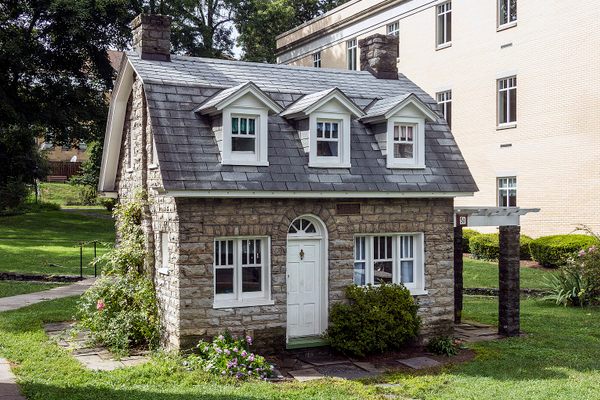About
Stepwells were once common across Western India and can still be found in the states of Maharashtra, Gujarat, and Rajasthan, among others. A few miles north of Satara, lies an 18th-century stepwell near a village called Limb. It was built by Virubai Bhosale between 1719 and 1724. Its water supplied the surrounding farms and mango plantations for generations.
Artistically, architecturally, and historically, this particular stepwell is both beautiful and important. The architectural genius lies in way the entire structure is completely hidden from ground level. The well feels cool as one descends below. The setting feels reminiscent of various famous treasure hunts from literature and film.
The main well is octagonal in shape and 110 feet deep. Above it is a chamber, known as a Khalbatkhana, where secret emergency meetings, were once held. Since the entire structure is below ground level, it was well hidden.
The hall can be accessed by descending a narrow stairway. Carvings of deities and great warriors adorn the chambers, along with symbolic animals and runes. The well once contained 15 moats, pulley-like devices used to draw water from a well. Out of these 15 moats, 12 were operational, hence the name “Baramotichi Vihir,” or “The well with 12 moats.”
Related Tags
Know Before You Go
This well is located in a village called Limb, which is approximately 14 kilometers to the north of Satara.
Delhi and Rajasthan: Colors of India
Discover Colorful Rajasthan: From Delhi to Jaipur and Beyond.
Book NowCommunity Contributors
Added By
Published
February 1, 2023






























